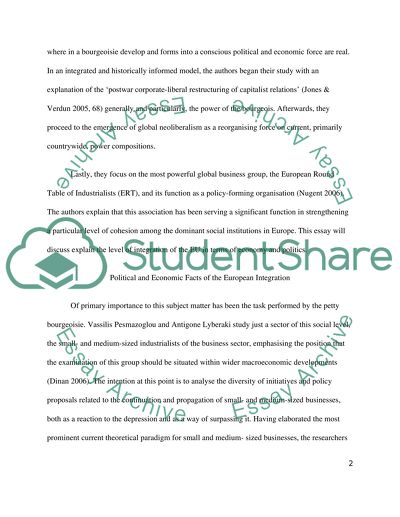Cite this document
(“The Political and Economic Integration of Europe Essay”, n.d.)
Retrieved from https://studentshare.org/macro-microeconomics/1406078-the-political-and-economic-integration-of-europe
Retrieved from https://studentshare.org/macro-microeconomics/1406078-the-political-and-economic-integration-of-europe
(The Political and Economic Integration of Europe Essay)
https://studentshare.org/macro-microeconomics/1406078-the-political-and-economic-integration-of-europe.
https://studentshare.org/macro-microeconomics/1406078-the-political-and-economic-integration-of-europe.
“The Political and Economic Integration of Europe Essay”, n.d. https://studentshare.org/macro-microeconomics/1406078-the-political-and-economic-integration-of-europe.


